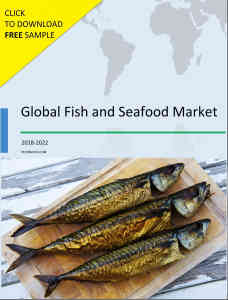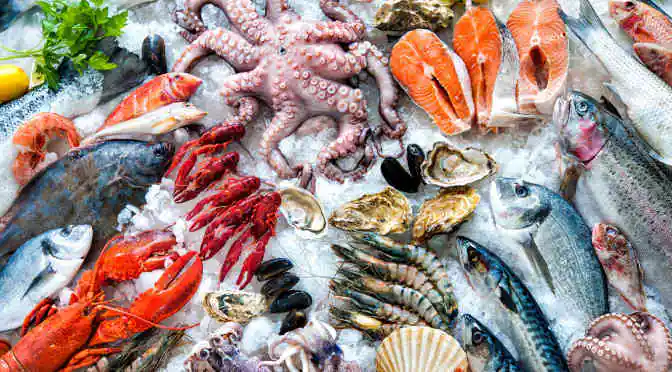During the New Year auction at the famed Tsukiji fish market in Tokyo, Japan, a prime bluefin tuna sold for a whopping USD 323,000. Even as the world is waking up to the realities of large scale contamination of the oceans, depleting fishery outputs, and fish products losing prominence amongst consumers, headlines like this keep the global seafood industry afloat.
Fishing for a problem in the seafood industry?
Wasteful, indiscriminate and narrow-minded fishing has always been part of the globally thriving fisheries industry. In the past decade, the technologies used to catch fish and other seafood have advanced greatly, while the natural habitat of commercially viable fishes has been increasingly threatened due to pollution, overfishing and lax implementation of enforceable regulations.
Thus, while the global fish trade is bringing in massive profits (estimated worth in 2017: USD 150 billion), the seeds of a future downfall are evidentially sown. And, very little is being done to rectify the problem.
Time to make the most of the catch
Here are some interesting numbers: Alaska’s fisheries industry fishes out about 5 billion pounds of seafood annually. However, only about 2 billion pounds of it makes it to the seafood markets and into the paying customers’ kitchen. About 3 billion pounds of this catch are trimmings, fish products that aren’t deemed fit for consumption and are generally ground into a slurry and disposed off ingloriously.
 However, according to an influential report compiled by the Alaska Seafood Marketing Institute, value could be created by finding alternative usage and niche markets for such disposable trimmings. And, such a revenue channel would add an additional USD 700 million to the Alaskan seafood industry’s profits.
However, according to an influential report compiled by the Alaska Seafood Marketing Institute, value could be created by finding alternative usage and niche markets for such disposable trimmings. And, such a revenue channel would add an additional USD 700 million to the Alaskan seafood industry’s profits.
All it takes is some foresight, unbiased research and the motivation to invest in and create new revenue channels from existing by-products. Thanks to initiatives such as this, the overwhelming pressure on our oceans can be relaxed by imposing stricter fishing regulations. Again, thanks to the additional sources of income as the one listed above, fishermen are likely to comply and participate in a more regulated playing field.
Digitalization and big data to the rescue
The global seafood industry is a notoriously tradition-bound entity. However, the business does suffer from the same complexities in core operational disciplines like inventory management, supply chains, etc., as other businesses do. The need of the hour for the global fisheries industry is to implement the latest digitalization techniques to better predict the market’s outcome, ensure quality and quantity of supplies and perfectly scope out the nearest competition.
According to a predictive market research report, the global seafood industry’s production capacity is going to exceed the 100 million ton mark by 2025 and post an impressive 102 million tons by the next year. Improving at an organizational level and implementing top-notch digitalization standards will help the industry attain a streamlined stature and avoid costly and untimely missteps.
Eventually, the high hopes associated with the global fisheries industry through the next decade will invite some serious investments and strategies. However, in an industry that at times seems hell-bent on denying the negative impact it has had on the planet’s oceanographic flora and fauna, looking at the future with definite facts and figures, while establishing new products and markets, will definitely help.



